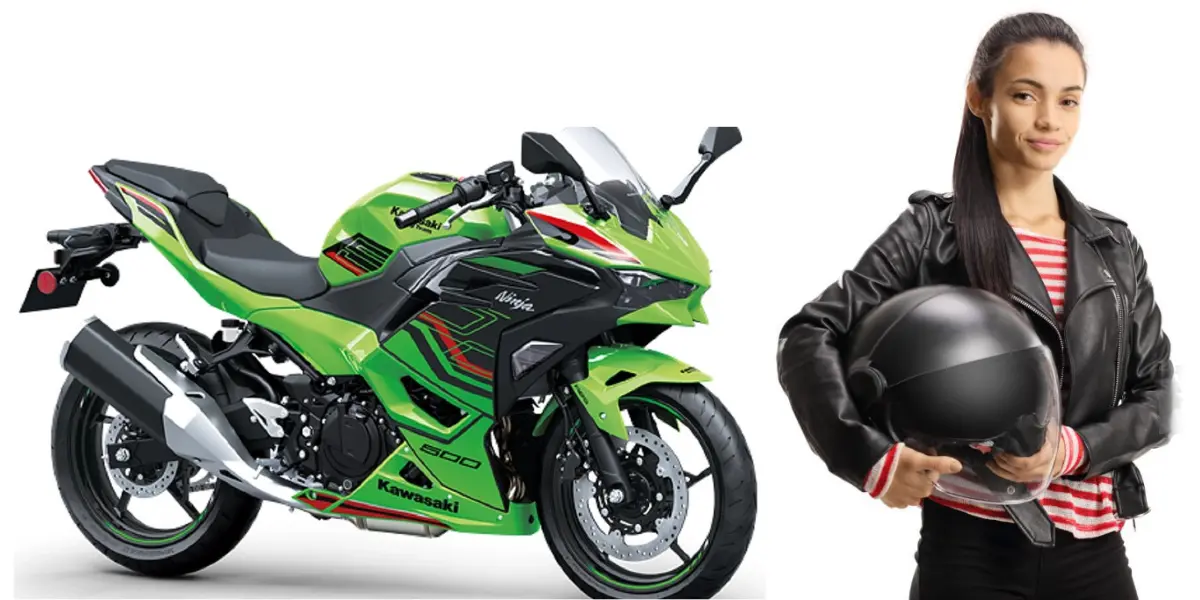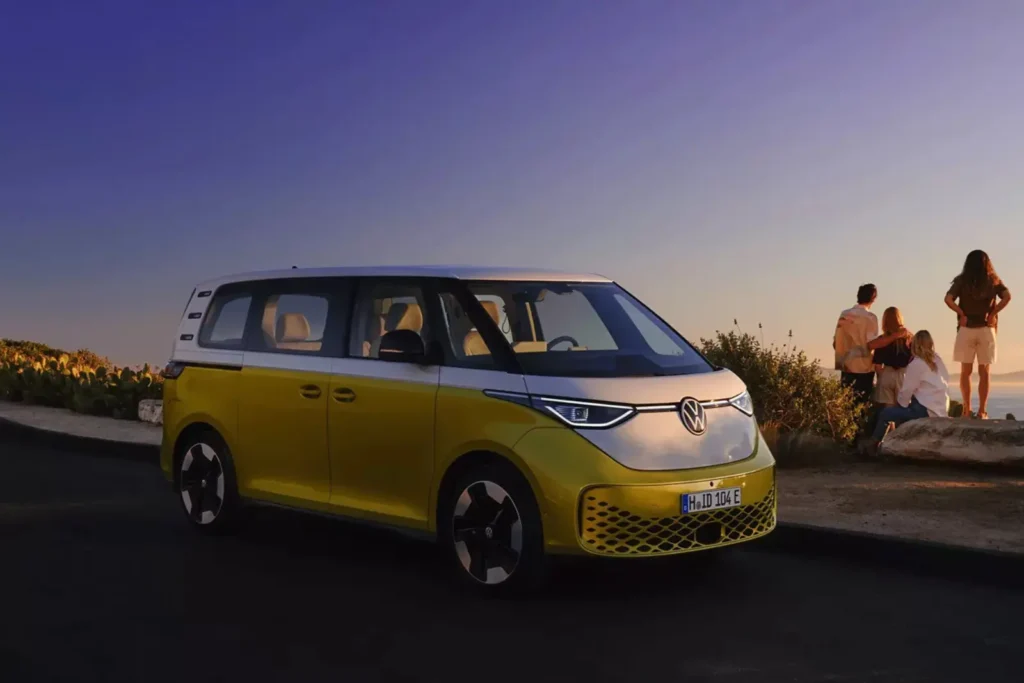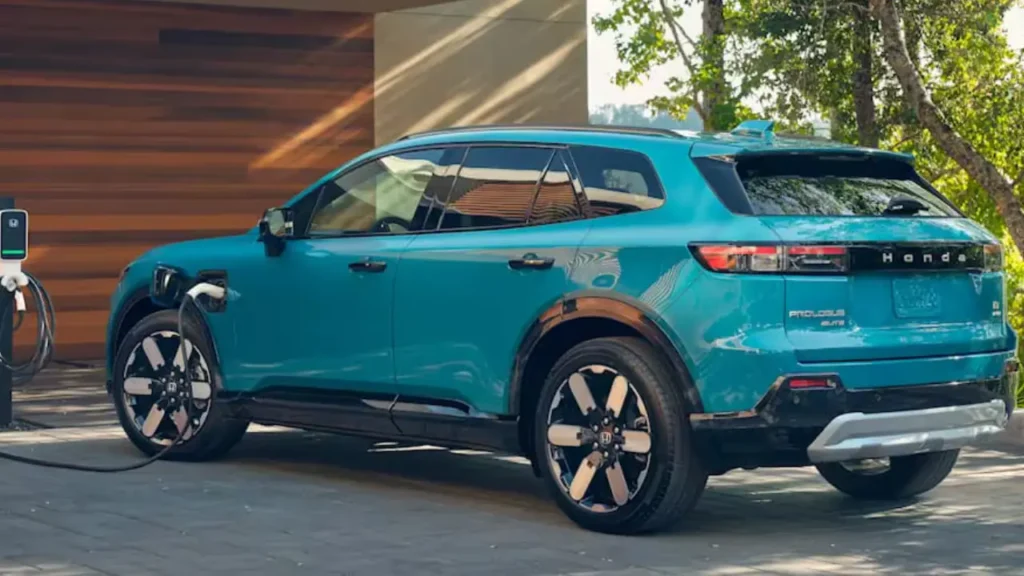Table of Contents
The Kawasaki Ninja 500, often known as the Ninja 500R, is a legendary motorcycle that has earned a devoted fan base due to its superb blend of performance, style, and affordability. Launched by Kawasaki as part of its Ninja series, this bike has been a standout in the mid-range sportbike category. Whether you’re a beginner or an experienced rider, the Ninja 500 offers a thrilling ride that balances power, handling, and comfort.
In this article, we will dive deep into the features, specifications, pros, cons, and overall performance of the Kawasaki Ninja 500 to help you understand why this bike remains a top choice for motorcycle enthusiasts.
Kawasaki Ninja 500 Overview
Introduced in the early 2000s, the Kawasaki Ninja 500 quickly gained popularity for being a versatile motorcycle capable of handling both everyday commuting and long-distance rides. Its sporty design, lightweight frame, and responsive engine make it a fun bike for riders of various skill levels. While it is no longer in production, the Ninja 500 still holds a special place in the hearts of motorcycle lovers around the world.
- Model Name: Kawasaki Ninja 500R (also known as Ninja 500)
- Category: Sportbike
- Engine Type: Parallel-twin, liquid-cooled
- Engine Displacement: 498cc
- Top Speed: Approximately 110 mph (177 km/h)
- Years Produced: 1996 – 2009
Kawasaki Ninja 500 Specifications
Engine and Performance
- Engine Type: 498cc parallel-twin, liquid-cooled engine
- Bore x Stroke: 74.0 x 56.0 mm
- Compression Ratio: 11.0:1
- Fuel System: Digital fuel injection (DFI)
- Transmission: 6-speed constant mesh
- Maximum Power: 60 horsepower at 11,000 rpm
- Torque: 49 Nm (36 lb-ft) at 8,000 rpm
The heart of the Ninja 500 is its parallel-twin engine, known for its balance of smoothness and power delivery. The engine produces a commendable 60 horsepower, making it ideal for spirited riding while remaining approachable for beginners. The 6-speed transmission allows for smooth shifting and helps in achieving higher top speeds with ease.
Chassis and Handling
- Frame Type: Steel trellis frame
- Front Suspension: Telescopic fork, 41mm
- Rear Suspension: Uni-Trak with a gas-charged shock
- Wheelbase: 55.5 inches (1,411 mm)
- Front Tire: 120/60-17
- Rear Tire: 160/60-17
The lightweight trellis frame of the Ninja 500 offers impressive handling, making it agile on tight city streets and stable at higher speeds on highways. The front telescopic fork and rear gas-charged shock provide excellent ride quality and stability. The 17-inch tires help improve cornering performance, giving the bike a well-rounded and confident feel in various conditions.
Brakes and Safety
- Front Brake: Single 290mm disc with a 2-piston caliper
- Rear Brake: Single 220mm disc with a 1-piston caliper
- Anti-lock Braking System (ABS): Not available (since this model was released before the widespread use of ABS)
Although the braking system on the Ninja 500 might not be as advanced as modern systems with ABS, it offers solid stopping power for its class. The single-disc brakes on both the front and rear are responsive, and the lightweight design of the bike ensures you can come to a halt quickly when needed.
Key Features of the Kawasaki Ninja 500
- Sporty Design: The Ninja 500 boasts a sleek and aerodynamic design that reflects its sportbike roots. Its aggressive lines, low-slung body, and sharp headlights give it an unmistakable, iconic look.
- Comfortable Riding Position: Unlike some sportbikes, the Ninja 500 offers a more upright and comfortable riding position, making it an excellent option for riders who enjoy long-distance riding without compromising too much on sporty handling.
- Fuel Efficiency: One of the standout features of the Ninja 500 is its impressive fuel economy. Riders can expect around 50-60 mpg (miles per gallon) depending on riding conditions. This makes the Ninja 500 an affordable option for both short trips and longer tours.
- User-Friendly Technology: The Ninja 500 is equipped with digital fuel injection (DFI) for precise fuel delivery and throttle control. The inclusion of this technology ensures that the bike performs smoothly and efficiently, reducing the need for constant tuning.
- Affordability: The Kawasaki Ninja 500 is relatively affordable compared to other sportbikes in its class. This makes it an excellent entry-level motorcycle for riders who are just starting or those who want a reliable bike without breaking the bank.
Kawasaki Ninja 500 Performance and Handling
The Kawasaki Ninja 500 delivers an engaging and balanced performance that suits both beginner and intermediate riders. Its lightweight design and responsive engine make it ideal for both city commuting and spirited weekend rides. With a smooth power delivery, the bike’s engine provides enough thrust to keep up with faster motorcycles while still being manageable for novice riders.
- Acceleration: 0-60 mph in around 4.5 seconds.
- Top Speed: Capable of reaching approximately 110 mph (177 km/h), making it suitable for highway cruising.
- Handling: Thanks to its nimble chassis, the Ninja 500 offers great agility through corners, while its upright riding position provides a comfortable and confident feel for the rider.
Pros and Cons of the Kawasaki Ninja 500
Pros:
- Lightweight: The Ninja 500 weighs only about 400 lbs (181 kg), making it easy to handle, especially for beginners.
- Fuel Efficient: With an average of 50-60 mpg, the Ninja 500 is highly fuel-efficient.
- User-Friendly: Smooth power delivery and responsive handling make it accessible to new riders.
- Affordable: Reasonably priced for a sportbike, making it great for those on a budget.
- Durability: Known for its long-lasting reliability, this bike will continue to perform well with regular maintenance.
Cons:
- No ABS: While it provides good braking performance, the absence of ABS can be a downside for safety-conscious riders.
- Older Model: Since the Ninja 500 is no longer in production, parts and support may be harder to come by.
- Basic Features: Lacks some modern features like TFT displays or advanced electronics found in newer sportbikes.
FAQ
Why Choose the Kawasaki Ninja 500?
The Kawasaki Ninja 500 remains an iconic sportbike that strikes the perfect balance between performance and practicality. Its low seat height, lightweight build, and manageable power output make it an excellent choice for beginners looking to get into the world of sportbikes. At the same time, its sturdy build and exciting ride ensure that intermediate riders will still find plenty of fun and enjoyment.
Though the Ninja 500 is no longer in production, it is still available in the used market, where it represents an excellent value. Whether you’re interested in a commuter bike or a weekend warrior, the Ninja 500 offers an engaging riding experience that’s hard to beat.
What is the Ninja 500 price?
The 2024 Kawasaki Ninja 500 has a Manufacturer’s Suggested Retail Price (MSRP) of $5,299 for the non-ABS model and $5,699 to $5,899 for the ABS model. Additionally, there is a destination charge of approximately $550, which may vary depending on the dealer. In India, the starting price for the Ninja 500 is around Rs. 5,29,000.
How fast does a 500cc Ninja go?
The Kawasaki Ninja 500, which features a 451cc engine, can reach a top speed of approximately 110 mph (about 177 km/h).
This speed can vary based on factors such as rider weight, aerodynamics, and road conditions. The Ninja 500 is designed to provide a balance of performance and accessibility, making it a popular choice among sportbike enthusiasts.
Related Searches
- Kawasaki Ninja 500 Review
- Best Sportbikes for Beginners
- Kawasaki Ninja 500 Price
- Kawasaki Ninja 500 vs Ninja 400
- Best Mid-Range Sportbikes
Related Articles
- Best Electric Bike in India (2024)
- Best Telecom Companies in India (2025)
- Best Breed of Dog in India (2024)
- Online Slot Machines for Real Money (2024)
- Best Tyre Brands in India (2024)
- Best EV Cars in India (2024)
- Best Electric Bicycles in India (2024)
- Best Gear Cycle Under 10000: A Comprehensive Guide












